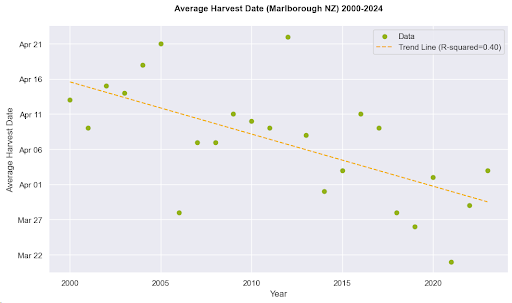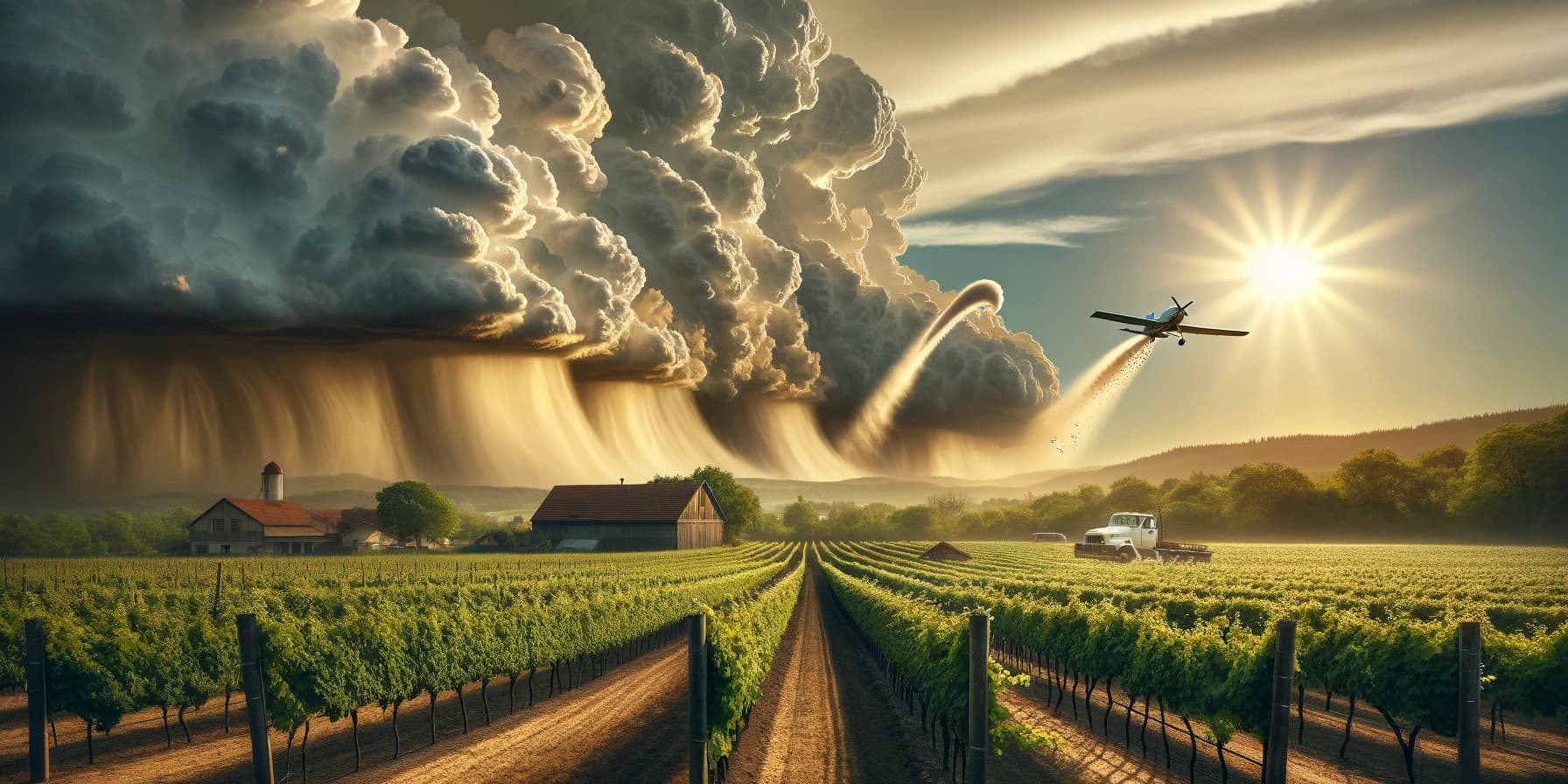Climate change is undeniably one of the most pressing challenges facing our planet today. One critical area affected by climate change is agriculture, where extreme weather events, changing harvest times, and regional transformations are becoming increasingly evident.
The link between climate change and extreme weather events has been extensively documented by scientific organisations, including the Intergovernmental Panel on Climate Change (IPCC). According to the IPCC’s Special Report on Extreme Events, a changing climate is contributing to more frequent and severe weather events, such as hurricanes, droughts, floods, and heatwaves. These events can have profound implications for agriculture, disrupting growing seasons, damaging crops, and affecting overall harvest yields. (To read more about IPCC and what they do – click this link https://www.ipcc.ch/)
As temperatures rise and weather patterns shift, the traditional timing of harvest seasons is undergoing noticeable changes. The Union of Concerned Scientists, in its report on climate change and agriculture, highlights that warming temperatures are accelerating the maturation of crops, leading to altered harvest times. This shift can create challenges for farmers who rely on established planting and harvesting schedules, requiring adjustments in agricultural practices to adapt to these changing conditions. (https://www.ucsusa.org/)
Climate change affects different regions in unique ways, leading to variations in temperature, precipitation, and overall climate patterns. The World Meteorological Organization (WMO) emphasises the regional disparities in climate change impacts, with some areas experiencing more pronounced shifts than others. Regional changes can influence the types of crops that can be grown successfully, impacting local economies that depend on specific agricultural practices. (https://wmo.int/)
Mendoza, a key wine-producing region in Argentina, faces the impact of weather changes on its agriculture, particularly hailstorms that can damage grape crops. In response, Mendoza has implemented cloud-seeding projects over the past sixty years to mitigate hail damage. However, uncertainties persist regarding the effectiveness of these initiatives, highlighting the challenges of weather modification in the face of evolving climate patterns. (Read more about this here Sixty Years of Hail Suppression Activities in Mendoza, Argentina: Uncertainties, Gaps in Knowledge and Future Perspectives)
Studies have been done on correlation between climate change and wine quality in the Bordeaux wine region in France. Changes in temperature and growing season conditions are shown to impact grapevine phenology and influence the sensory attributes of wine. (Read more about this here Climate Change and Global Wine Quality)
Another study reveals climate-induced effects on New Zealand’s viticulture, particularly in the Marlborough region. Increasing temperatures and shifting precipitation patterns influence grape ripening, altering the flavour profile of wines. As climate trends continue, winegrowers face challenges in maintaining traditional grape varieties and may need to explore adaptive strategies for sustained wine quality. (Read more about this here Projected Wine Grape Cultivar Shifts Due to Climate Change in New Zealand)
Analysing the indicative data compiled by Vinsight over the last 2 decades reveals a consistent trend in the Marlborough region, New Zealand, where the harvest has progressively occurred at earlier dates. This temporal shift in harvest times corresponds to a two-week advancement over the 23 year period. While this could have contributions from other factors like vineyard practices, there definitely could be a climate factor. Refer to the graph below for a visual representation of this trend:

The impact of climate change on harvest patterns is a multifaceted challenge that requires concerted efforts from policymakers, scientists, and communities worldwide. By understanding the connections between extreme weather events, changing harvest times, and regional transformations, we can work towards sustainable and resilient agricultural practices that mitigate the effects of climate change.
Sources:
Intergovernmental Panel on Climate Change (IPCC). (2012). Special Report on Extreme Events. Retrieved from https://www.ipcc.ch/report/srex/
Union of Concerned Scientists. (2011). Climate Change and Agriculture. Retrieved from https://www.ucsusa.org/resources/climate-change-and-agriculture
World Meteorological Organization (WMO). (2019). State of the Global Climate in 2018. Retrieved from https://library.wmo.int/index.php?lvl=notice_display&id=20633#.YcB_3OhKhPY
Rivera, J. A., Otero, F., Naranjo Tamayo, E., & Silva, M. (Year). Sixty Years of Hail Suppression Activities in Mendoza, Argentina: Uncertainties, Gaps in Knowledge and Future Perspectives. Journal Name, Volume(Issue), Page Range.
Jones, G. V., White, M. A., Cooper, O. R., & Storchmann, K. (2005). Climate Change and Global Wine Quality. Climatic Change, 73(3), 319–343.
Ausseil, A. G. E., Law, R. M., Parker, A. K., & Teixeira, E. I. (2021). Projected Wine Grape Cultivar Shifts Due to Climate Change in New Zealand. Frontiers in Plant Science, 12. https://doi.org/10.3389/fpls.2021.618039






